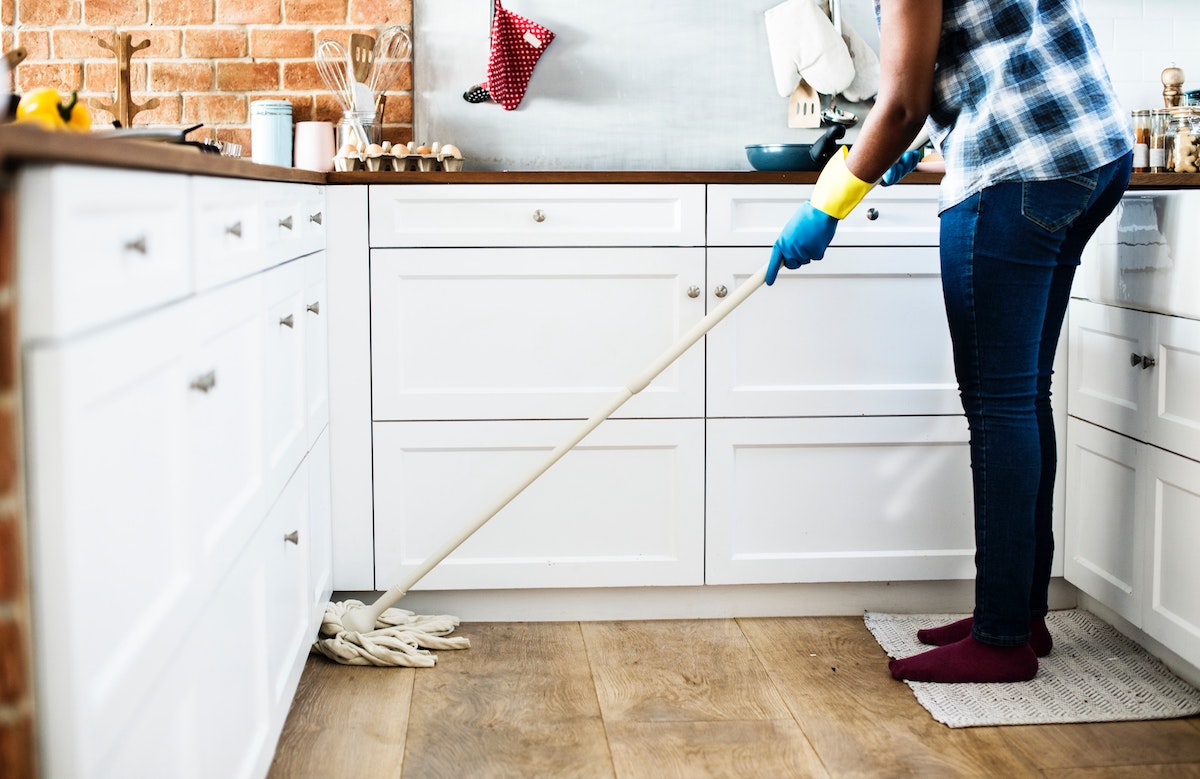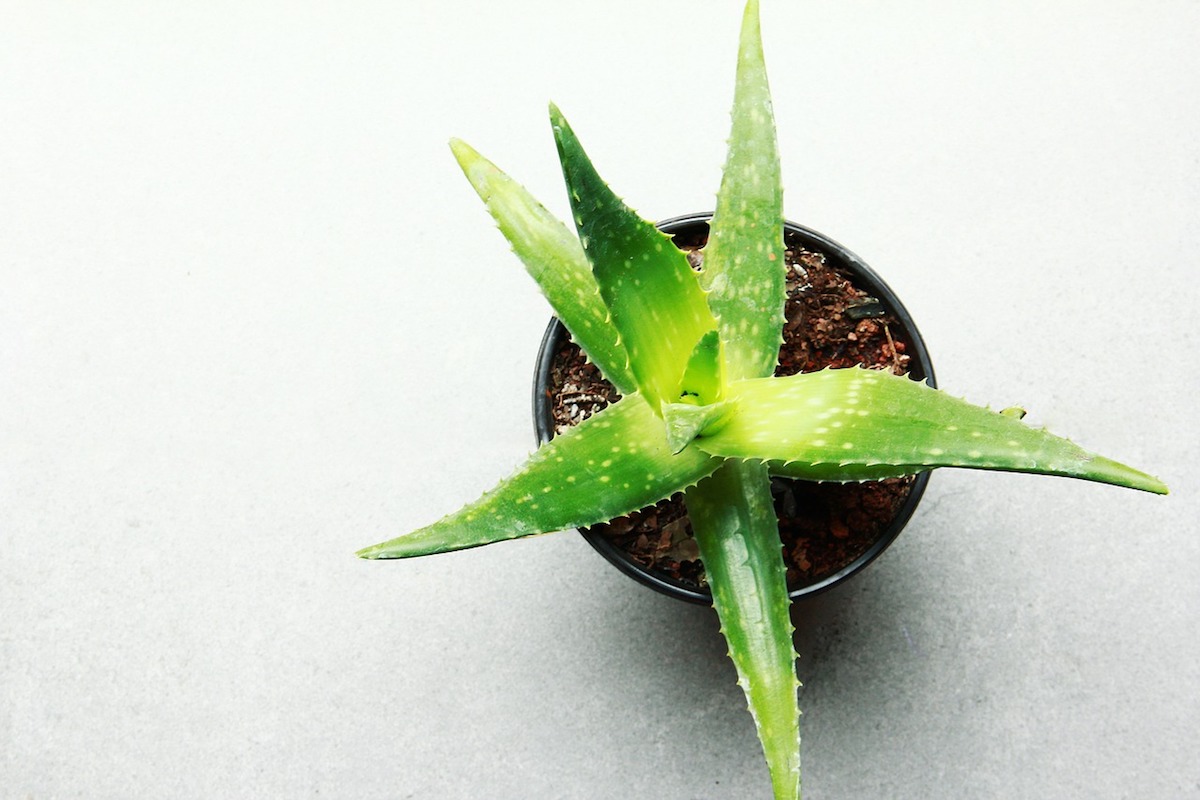
With your spring cleaning efforts currently in full swing, it’s worth taking a little time to consider your home air quality.
Most of us take it for granted that our indoor air quality is fine. Scientific research, however, has found it to be an area we should be paying a lot more attention to.
Studies by the Environmental Protection Agency and other environmental health organizations show that the quality of most indoor air is actually worse than the air outdoors.
Air pollution levels in indoor spaces are typically 2-5 times higher than pollution levels outside. So how can that be?
What causes poor home air quality?
A big contributor to poor air quality in homes and other indoor spaces is, quite simply, that not enough time is spent cleaning them, especially when it comes to vacuuming and dusting.
The products we buy and the chemicals they contain are another major reason our home air quality suffers. Unless you’re ultra-vigilant about what’s being brought into your home and used there, it can be difficult to maintain a healthy level of indoor air quality.
Indoor airborne pollutants also come from things like cooking residue, pollen, mould, and pet dander.
The fact that we inhabit tightly sealed environments that don’t get much air flow exchange with the outdoors doesn’t help matters, either.
How to improve your home air quality
Because the average person spends about 80-90% of their time indoors, it’s important to do what you can in your living space to improve its air quality.
The spring time is typically when a home is most in need of a refresh. Those long Canadian winters keep us indoors a lot more and don’t give homeowners many opportunities to open some windows. That keeps stale air, allergens, and other pollutants trapped inside.
Of course, leaving screen doors and windows open can also bring in outdoor pollutants, particularly in high traffic areas, downtown areas, and during hot weather. It’s a tricky balance, to be sure.
Here are some tips to help you improve your home air quality by reducing the number of pollutants in your living space.
1. Clean your home regularly (and properly)
Finding the time to clean your home as much as it really needs it is always a challenge. But as you would expect, regular cleaning is one of the single-most impactful ways to reduce the number of toxins indoors.
It’s generally recommended that regularly used areas of your home should be vacuumed a minimum of once per week. Higher traffic areas should get a little more attention, perhaps two or three weekly vacuumings. Carpeted areas in your home will also need more vacuum maintenance than hard floor surfaces.
Cleaning properly is another key to make your cleaning efforts more effective. Avoid using dusters, for starters. They don’t actually remove dust, they merely disperse dust from one surface to another. Wipe shelves and other surfaces with a damp soft cloth or microfibre cloth.
Thorough cleaning is also important. You can’t realistically get to every single nook and cranny in your home every time you vacuum, dust, and mop. It is important, however, to occasionally attend to those areas of your home that aren’t the main floor surfaces, such as curtains, ceiling fans, baseboards, walls, and behind large appliances.
To eliminate the headache of vacuuming underneath beds and sucking up all those elusive dust bunnies, consider getting a bed surround. They replace all of that wasted empty space underneath beds with useful drawer storage and incorporate additional storage space around the bed.

Photo by rawpixel.com from Pexels
2. Control home clutter
Let’s expand upon that “clean your home regularly” point and specifically address home clutter. You might not see a direct connection between excess clutter and poor home air quality, but it’s there.
To illustrate how clutter affects the air quality in your home, picture several stacks of boxes in the corner of a spare room that haven’t been touched in months.
Those stacks (and floor clutter in general) make it harder to vacuum the room, which gives you an excuse to not to do it.
Extra clutter also impedes the airflow in a room and gives dust more surface areas to rest on and accumulate.
Take advantage of the wealth of effective storage and organization products available to keep your home tidy with less effort.
3. Look closer at the products you buy
The most popular laundry and cleaning products boast about how fresh they’ll make your clothes smell and how immaculate and spotless they’ll leave the surfaces in your home.
The irony is that while these products may be effective at cleaning and eliminating germs and bacteria, most of them also add pollutants to your home’s air when used.
Even getting your dry cleaning done can bring pollutants into your home (from the chemicals used in the cleaning process).
Here are just a few more of the common household products that release chemicals into your home’s air:
- beauty and grooming products
- spray and plug-in air fresheners
- certain types of clothing (including water-repellent apparel and some polyester and fleece fabrics)
- many plastic products
- building materials
- home furnishings
It can take a big effort to make major changes to what you buy and to check on the environmental impact of every product you purchase. But controlling the source of indoor pollutants will help to improve your home air quality.
4. Get an air purifier
Adding a standalone air purifier (or two) to the areas of your home that are most frequently used is another solution for improving your home air quality.
Bedrooms, the kitchen, and the living room are ideal locations. If you don’t want to deal with moving a standalone air purifier from room to room, whole-house air cleaning systems are available which are integrated into your HVAC system.
Air purifiers remove contaminants from the air and can help improve the comfort level of those with allergy and asthma issues. Air purifiers are also recommended for homes with smokers.
Ionic and HEPA air purifiers are the two most popular types of standalone unit choices. Do your homework before buying, as features (such as whether the unit can remove odours, square footage covered, and operating volume levels) vary widely from model to model.
5. Change HVAC and kitchen air filters regularly
Dirty air filters that trap pollutants and allergens recirculate poor quality air indoors, so they need to be maintained to keep your home’s air quality healthy.
Timely air filter replacement on HVAC systems, range hoods, kitchen and bathroom air vents, and vacuums tends to get overlooked. Staying on top of this task is a cost-effective way to maintain healthy home air quality.
Energy Star recommends changing your HVAC filters monthly during the winter and summer seasons, when your furnace and air conditioner are being used most. Change them every three months at the very minimum, regardless of the time of year.
Unclogged air filters improve the efficiency of your home’s heating and cooling systems and can reduce your utility bill.
Energy Star also recommends a yearly tune-up for your HVAC equipment to keep them operating at peak efficiency and to prolong the life of your heating and cooling units.
You should also have your air ducts inspected and cleaned periodically. Whichever air duct cleaning company you use, ask them about their maintenance process. Some professionals use sealants and chemical products that kill and inhibit bacteria and mould growth, which you may wish to avoid.
6. Get home air quality-friendly plants
Adding several air purifying plants to your living space won’t just improve your home air quality, they also enhance a room with character and colour.
House plants convert carbon dioxide into fresh oxygen and certain plants are very efficient at eliminating or reducing household toxins like benzene and formaldehyde.
Here are some of the most effective plants for reducing toxins in the home:
- Philodendron
- Spider plant
- Rubber plant
- Dracaena
- Snake plant
- Ficus
- Bamboo palm
Be mindful that even plants which are known for their air purifying benefits aren’t practical for every home. If one or more house occupants have sensitive allergies, some of these plants may not agree with them.

7. Prioritize the air quality in your bedrooms
Taking steps to improve the indoor air quality throughout your home is important, but it only makes sense to prioritize the quality of air in the room your family spends most of their time in – the bedroom.
A Statistics Canada study of the sleep habits of 10,000 Canadians between the ages of 18-79 found that they averaged 7.12 hours of sleep every night.
With approximately a third of our lives spent sleeping, your bedrooms should undoubtedly be one of the cleanest, most organized rooms in your house.
In addition to managing your bedroom clutter, using an air purifier, and adding some plants to the bedroom, consider changing your mattress.
Switiching to an eco-friendly mattress that’s chemical-free will be beneficial for your bedroom’s air quality. At the very least, vacuum your existing mattress regularly to get rid of dust mites and get anti-dust mite mattress and pillow covers.
Get organized to help improve your home air quality
Our lifestyles make eliminating 100% of indoor pollutants at home virtually impossible.
However, with simple regular maintenance, making changes to the products you buy, and investing in appliances to monitor and improve your home air quality, you’ll reduce your family’s exposure to indoor air contaminants.
Consider having your home air quality tested. An expert can help you gauge what areas of your home might benefit from some measures to reduce indoor toxins.
Organized Interiors can also help you to get your home organized so it’s easier to clean on a regular basis.
Schedule a complimentary in-home design consultation with us today.
Please share this post if you found it useful.
